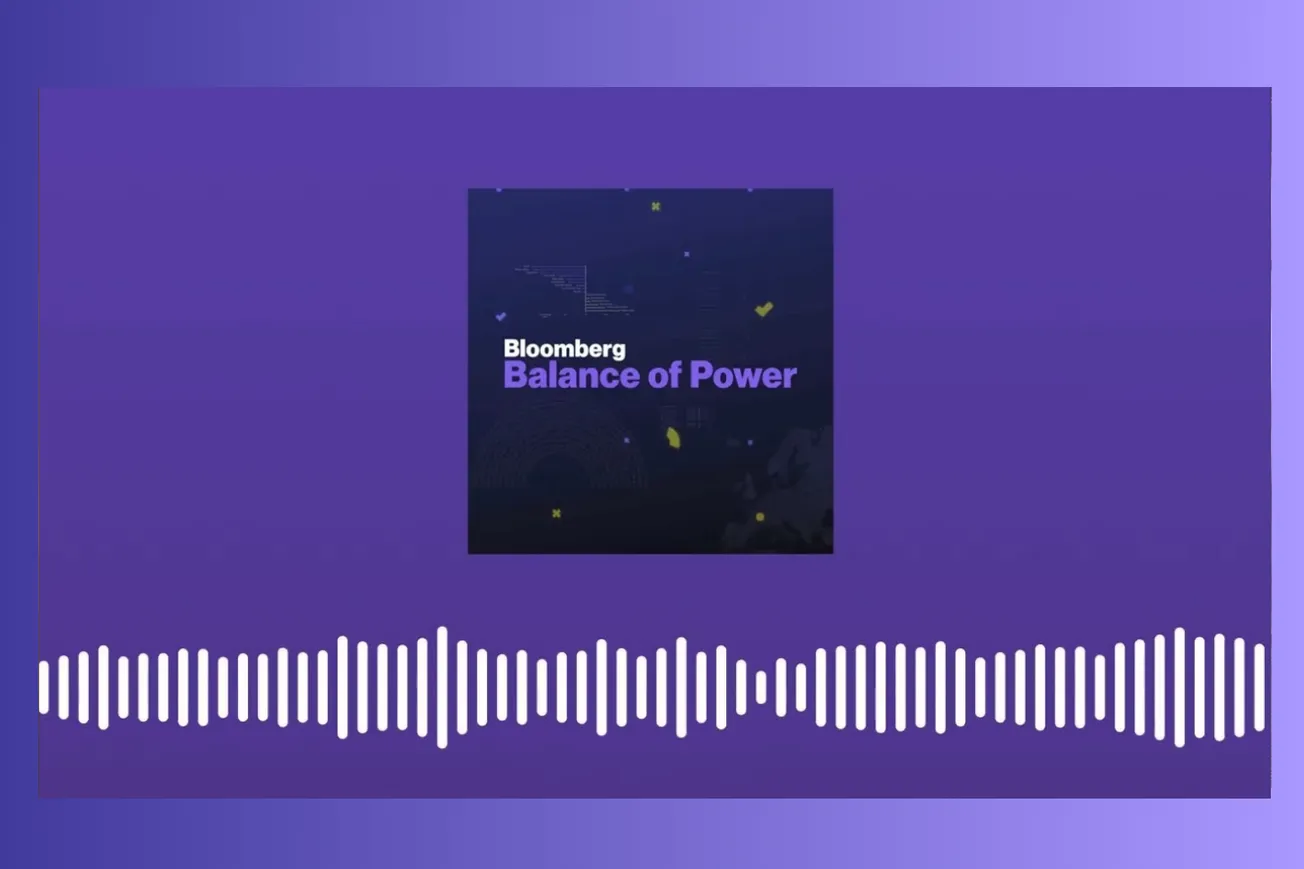Table of Contents
DOJ antitrust economics relies on market share analysis, win-loss data, and industry-specific investigations to identify anti-competitive behavior affecting prices, wages, and innovation across American markets.
A Department of Justice economist reveals the data-driven methods used to investigate corporate concentration and protect competition in labor and product markets.
Key Takeaways
- DOJ economists use market share thresholds and win-loss data to identify potentially harmful mergers before they occur
- Labor market concentration can reduce wages by up to 20% when workers lack competitive employment alternatives
- The 2023 merger guidelines expanded beyond consumer prices to include innovation, working conditions, and labor market effects
- Publishing industry case demonstrates how antitrust law protects authors from reduced advances through labor market theory
- Video game salary caps violated antitrust law because they lacked collective bargaining, unlike similar rules in NFL and NBA
- Tech company acquisitions face scrutiny for "killer acquisitions" that eliminate nascent competitors before they can challenge incumbents
- Supply chain resiliency connects to antitrust through entry barriers that determine how easily new competitors can enter markets
- Companies must prove merger efficiencies with documented evidence rather than theoretical claims about economies of scale
Timeline Overview
- 00:00–08:42 — Setting the Stage: How antitrust enforcement evolved beyond traditional pricing concerns to address inflation, supply chain bottlenecks, and tech platform power
- 08:42–28:15 — Inside DOJ Economics: Principal economist role explained, covering market share analysis, win-loss data collection, and HSR form screening mechanisms
- 28:15–46:30 — Publishing Power Dynamics: Penguin Random House/Simon & Schuster merger case demonstrating labor market antitrust theory protecting author advances
- 46:30–67:45 — Gaming the System: OverWatch League salary caps case and how video game restrictions differed from collectively bargained sports league rules
- 67:45–89:20 — Innovation Under Siege: Apple lawsuit strategy, killer acquisitions, and measuring innovation effects in technology sector enforcement
- 89:20–END — Policy Intersections: Industrial policy tensions, supply chain resilience considerations, and entry barriers in dynamic markets
Market Share Analysis and Data Collection Methods
Modern antitrust enforcement relies heavily on quantitative analysis rather than theoretical concerns about corporate size. The Department of Justice uses two primary data categories to evaluate potential anti-competitive behavior. Market share calculations form the foundation of most investigations, examining how much control companies exercise within specific product or labor markets.
- Market share thresholds trigger automatic red flags when merging companies exceed concentration limits specified in the 2023 merger guidelines
- Win-loss data reveals direct competition patterns by tracking which companies lose business to merger partners during sales processes
- HSR forms require companies to disclose merger details above certain financial thresholds, creating an early warning system for problematic deals
- Head-to-head competition analysis examines how intensely firms compete for customers or workers before potential consolidation
- Companies under investigation must provide internal data including emails, sales records, and applicant tracking system information
- Labor market win-loss data tracks employee movement between competitors, revealing how mergers might eliminate competition for talent
The Herfindahl-Hirschman Index provides mathematical precision to market concentration measurements. This statistical tool converts market share data into numerical thresholds that determine when markets become dangerously concentrated. Companies cannot simply claim efficiencies will offset competitive harms without providing documented evidence from independent experts.
Labor Market Competition and Wage Effects
Corporate concentration in labor markets creates monopsony power that systematically depresses wages and working conditions. Research demonstrates that eliminating anti-competitive practices in labor markets could increase average wages by approximately 20%. This occurs because workers lose bargaining power when they cannot credibly threaten to leave for comparable employers.
- Labor market concentration affects wages more severely than consumer market concentration affects prices in many industries
- Monopsony power emerges when workers lack viable alternative employers offering similar compensation and working conditions
- Professional video game players faced salary caps without collective bargaining rights, unlike traditional sports leagues with unionized players
- Publishing houses exercise labor market power over authors by limiting competition for book advances and publishing deals
- Nursing and other healthcare professions face geographic concentration that limits worker mobility between competing employers
- Working conditions beyond wages suffer when employers lack competitive pressure to attract and retain talent
The video game case involving Activision Blizzard's OverWatch League demonstrated how salary caps violate antitrust law without worker consent. Unlike NFL or NBA salary caps negotiated through collective bargaining, video game salary restrictions were unilaterally imposed on non-unionized professional players. This created artificial downward pressure on compensation without any worker representation in the rule-making process.
Publishing Industry Case Study: Author Advances
The blocked Penguin Random House acquisition of Simon & Schuster established important precedent for labor market antitrust theory. This case focused specifically on competition for "anticipated top-selling books" requiring advances of $250,000 or more. The combined entity would have controlled nearly 50% of this high-value market segment.
- Penguin Random House held 37% market share while Simon & Schuster controlled 12% of the anticipated top-selling book market
- Five major publishers constitute the entire competitive landscape for books by established authors with significant commercial potential
- Auction-style bidding processes for manuscripts would lose competitive intensity when major bidders merge into single entities
- Authors shopping manuscripts rely on competition between publishers to drive up advance payments and improve contract terms
- Economic modeling demonstrated that reduced competition would significantly decrease author compensation for their intellectual property
- Self-publishing alternatives like Amazon do not provide reasonable substitutes for authors seeking traditional publishing deals with major houses
The hypothetical monopsonist test determined whether alternative publishing methods could constrain the market power of traditional publishers. Authors pursuing major commercial success cannot reasonably substitute self-publishing or smaller presses for the marketing reach and distribution networks of the Big Five publishers.
Innovation and Technology Sector Enforcement
Technology sector antitrust enforcement focuses heavily on innovation effects rather than traditional price-based theories of harm. Large technology companies can harm competition by acquiring nascent competitors or creating barriers that prevent innovative products from reaching consumers. The Apple lawsuit exemplifies how platform control can stifle innovation even when consumer prices remain low.
- Killer acquisitions eliminate promising startups before they can develop into serious competitive threats to dominant platforms
- Platform restrictions prevent users from switching to alternative products, reducing innovation incentives for incumbent companies
- Document analysis reveals internal communications about strategies to limit competitor access to essential distribution channels
- Innovation effects are measured through industry-specific evidence rather than abstract economic theories about research and development
- Exclusionary practices prevent smaller competitors from gaining market access needed to validate innovative products with consumers
- Technology mergers face scrutiny for potential effects on future innovation rather than current market conditions
"If you're able to hold your audience captive as a company, you just don't have the same incentive to make your product real good for the customer in order to keep them," Marinescu explained. This dynamic explains why antitrust enforcement increasingly focuses on practices that lock in consumers rather than traditional monopoly pricing.
Merger Guidelines and Efficiency Claims
The 2023 merger guidelines expanded antitrust analysis beyond consumer prices to include innovation, labor market effects, and supply chain resilience. Companies claiming merger efficiencies must provide detailed documentation rather than theoretical arguments about potential cost savings. The burden of proof lies entirely with merging parties to demonstrate that efficiencies will offset competitive harms.
- Efficiency claims require verification by independent experts rather than company-generated projections or consultant reports
- Cost savings must be substantial enough to offset predicted anti-competitive effects on prices, wages, or innovation
- Merger guidelines specify exact market concentration thresholds that trigger presumptions of competitive harm
- Labor market effects now receive equal consideration alongside traditional product market competition analysis
- Innovation considerations include acquisition of nascent competitors and potential effects on research and development incentives
- Working conditions, job quality, and employment flexibility become relevant factors in merger review processes
Companies frequently claim mergers will generate efficiencies through economies of scale or operational improvements. However, antitrust authorities require concrete evidence that these benefits will materialize and be passed through to consumers or workers rather than captured by shareholders.
Supply Chain Resilience and Entry Barriers
Supply chain concentration creates economic vulnerabilities that extend beyond traditional antitrust concerns about prices and wages. Industries with high barriers to entry become less resilient when disruptions affect dominant suppliers. The pandemic highlighted how concentration in critical supply chains can create cascading effects throughout the entire economy.
- Entry barriers determine how quickly new competitors can respond to supply disruptions or anti-competitive behavior by incumbents
- Dynamic markets with frequent new entry provide natural checks on monopoly power and supply chain vulnerabilities
- Systematic analysis of industry entry patterns over 20-year periods reveals whether markets can self-correct through competition
- Government industrial policy intersects with antitrust enforcement when subsidies or regulations affect competitive dynamics
- Economies of scale can justify some concentration but cannot excuse anti-competitive practices that prevent efficient entry
- Geographic concentration in critical industries requires special attention to prevent single points of failure
Entry analysis examines whether potential competitors could realistically challenge incumbent firms within reasonable timeframes. Industries requiring massive capital investments or specialized expertise face higher entry barriers that may justify more aggressive antitrust intervention to preserve existing competition.
Common Questions
Q: What market share triggers antitrust concerns?
A: No single threshold exists, but the Herfindahl-Hirschman Index in merger guidelines provides specific concentration levels that raise red flags.
Q: How does labor market antitrust differ from product market antitrust?
A: Labor market cases focus on wage suppression and working conditions rather than consumer prices, requiring different analytical frameworks.
Q: Can efficiency gains justify anti-competitive mergers?
A: Only when companies provide documented evidence that efficiencies will substantially offset competitive harms and benefit consumers or workers.
Q: Why do video game salary caps violate antitrust law?
A: Unlike sports leagues with collective bargaining, video game restrictions were imposed unilaterally without worker representation or consent.
Q: How do "killer acquisitions" harm innovation?
A: Large companies acquire promising startups to eliminate future competition rather than integrate their innovations into existing products.
Conclusion
Modern antitrust enforcement has evolved from a narrow focus on consumer prices to a comprehensive analysis of market power across labor markets, innovation ecosystems, and supply chain dynamics. DOJ economists now employ sophisticated data analysis techniques, examining market shares, win-loss patterns, and industry-specific evidence to identify anti-competitive behavior that may manifest through wage suppression, reduced innovation, or supply chain vulnerabilities. This data-driven approach, codified in the 2023 merger guidelines, recognizes that corporate concentration affects economic welfare through multiple channels beyond traditional pricing mechanisms, requiring enforcement agencies to adapt their analytical frameworks to address the complexities of modern digital and globalized markets.
Practical Implications
- Companies planning mergers should prepare detailed documentation of claimed efficiencies with independent expert verification rather than relying on theoretical arguments
- HR departments must avoid anti-competitive practices like no-poach agreements or salary information sharing that could violate labor market competition rules
- Technology platforms should review user switching barriers and third-party access policies to avoid exclusionary practice allegations
- Industries with high supplier concentration should develop contingency plans for supply chain disruptions while avoiding coordination that resembles price-fixing
- Startups should document how acquisitions by larger competitors might eliminate rather than enhance their innovative potential
- Legal teams must monitor market share thresholds and HSR filing requirements to ensure compliance with pre-merger notification obligations
- Business leaders should understand that union exemptions protect collective bargaining but unilateral worker restrictions may violate antitrust law
Antitrust enforcement increasingly recognizes that corporate concentration affects wages, innovation, and supply chain resilience beyond traditional consumer pricing concerns. Modern merger guidelines provide comprehensive frameworks for analyzing competitive effects across multiple dimensions of economic activity.





